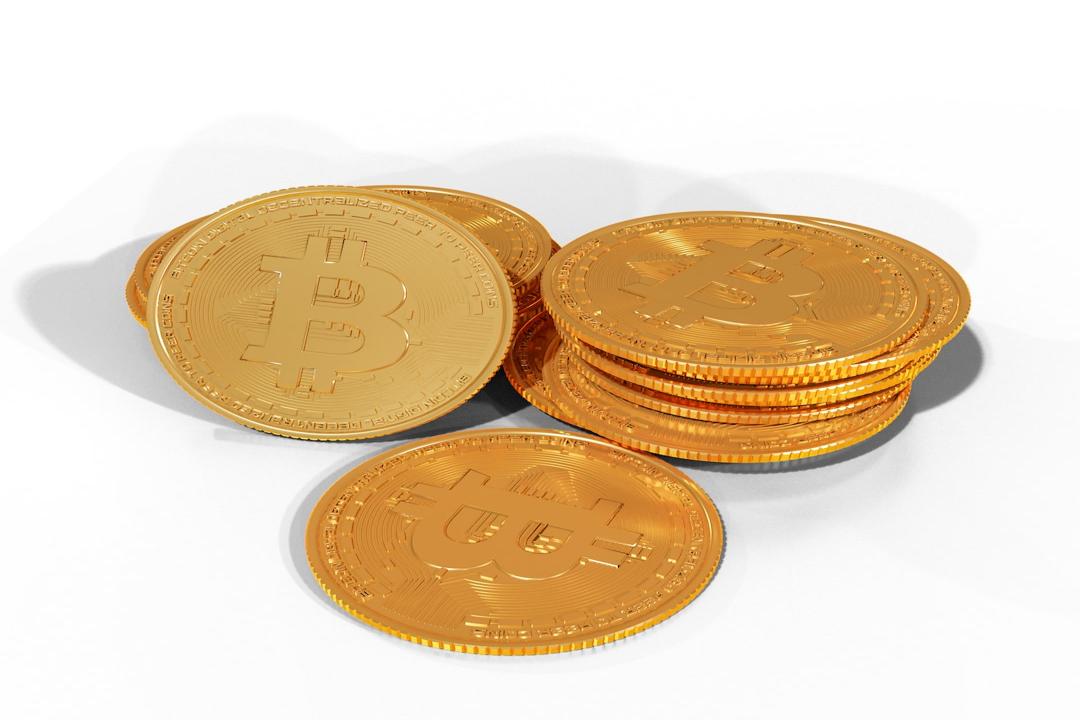The Nature of U.S. Treasury Bonds and Market Mechanisms
The U.S. Treasury bonds, known as the “safe haven” of the global financial market, are essentially “IOUs” issued by the U.S. government when borrowing from investors. These IOUs promise to repay the principal on a specific date and pay interest at an agreed-upon rate. However, when countries or institutions holding these bonds choose to sell them for various reasons, it triggers a series of market reactions that can impact the U.S. and even the global economy. This article will analyze the implications of Japan holding $1.2 trillion in U.S. Treasury bonds, including the resulting price declines, rising yields, and their profound impact on U.S. finances, revealing the logic and risks behind this financial phenomenon.
(Background: Jamie Dimon, CEO of JPMorgan Chase, warns: U.S. bonds “will eventually face trouble,” as the Federal Reserve may replicate the 2020 market rescue script! Will Bitcoin benefit from a surge?)
(Context: Following a historic week, both Bitcoin and U.S. stocks have rebounded, but the market has fundamentally changed.)
Hypothetical Scenario of Japan Selling Treasury Bonds
The U.S. Treasury bonds are debt instruments issued by the U.S. Department of the Treasury to cover fiscal deficits or support government expenditures. Each bond clearly states its face value, maturity date, and interest rate. For instance, a bond with a face value of $100, an annual interest rate of 3%, and maturing in one year means the holder will receive $100 in principal plus $3 in interest at maturity, totaling $103. This low-risk characteristic makes U.S. Treasury bonds a favorite among global investors, especially countries like Japan, which holds as much as $1.2 trillion.
However, Treasury bonds are not only held until maturity. Investors can sell them in the secondary market for cash. The trading price of these bonds is influenced by market supply and demand: when demand is strong, prices rise; when supply exceeds demand, prices fall. Price fluctuations directly affect the yield of Treasury bonds, forming the core of market dynamics.
Direct Consequences of Rising Yields
If Japan decides to sell off a significant portion of its U.S. Treasury bonds due to economic needs (such as stimulating domestic consumption or responding to currency pressures), it would push a large quantity of $1.2 trillion worth of “IOUs” into the market. According to supply and demand principles, a sudden increase in the supply of Treasury bonds would lead to lower bids for each bond. For example, a bond originally worth $100 might only sell for $90.
This price drop would significantly alter the yield of Treasury bonds. Continuing with the example of a bond with a face value of $100, an annual interest rate of 3%, and maturing at $103:
- Normal Situation: An investor pays $100 to purchase it, receiving $103 at maturity, resulting in a yield of 3% ($3 interest ÷ $100 principal).
- After the Sale: If the market price drops to $90, an investor buys it for $90 and still receives $103 at maturity, resulting in a profit of $13 and an increased yield of 14.4% ($13 ÷ $90).
Thus, the sale leads to a decline in bond prices and an increase in yields. This phenomenon is known in the financial market as the “inverse relationship between bond prices and yields.”
Fiscal Dilemmas and the Risks of ‘Robbing Peter to Pay Paul’
The rising yields on U.S. Treasury bonds have multi-dimensional effects on the market and the economy. First, they reflect changes in market confidence towards U.S. Treasury bonds. Rising yields indicate that investors demand higher returns to offset risks, which may be due to an excessive scale of sales or increased market concerns about the health of U.S. finances.
More importantly, rising yields directly increase the cost of new Treasury bonds. The U.S. government’s debt management strategy is often referred to as “borrowing to pay off debt” — financing through the issuance of new Treasury bonds to repay maturing old bonds. If market yields remain at 3%, new Treasury bonds can maintain similar rates. However, when market yields soar to 14.4%, new bonds must offer higher rates to attract investors, or they will go unsold.
For example, if the U.S. needs to issue $100 billion in new Treasury bonds:
- At a 3% yield: Annual interest expenditure is $3 billion.
- At a 14.4% yield: Annual interest expenditure jumps to $14.4 billion.
This difference signifies a heavier fiscal burden on the U.S., especially considering that the current debt has surpassed $33 trillion (as of 2023 data, possibly higher by 2025). The surge in interest expenditures will crowd out other budgets, such as infrastructure, healthcare, or education.
Global Economic Impacts
To mitigate the crisis triggered by the sell-off, the U.S. and the global financial system need to implement various countermeasures:
- U.S. Fiscal Reform: By optimizing taxation or reducing spending, reduce reliance on debt financing and enhance market confidence in U.S. Treasury bonds.
- International Coordination: Major creditor countries (like Japan and China) can negotiate with the U.S. through bilateral discussions to gradually reduce their holdings of U.S. Treasury bonds, avoiding severe market fluctuations.
- Federal Reserve Intervention: In extreme situations, the Federal Reserve may purchase Treasury bonds through quantitative easing (QE) to stabilize prices and yields, though this may exacerbate inflation risks.
- Diverse Reserves: Central banks around the world can gradually diversify their foreign exchange reserves to reduce dependence on U.S. Treasury bonds and spread the risk of single assets.
Conclusion
U.S. Treasury bonds are not just “IOUs” from the government; they are also the cornerstone of the global financial system. The hypothetical scenario of Japan selling $1.2 trillion in U.S. Treasury bonds reveals the delicate and complex balance of the bond market: sales lead to price declines, rising yields, and increased U.S. fiscal costs, potentially undermining global economic stability. This chain reaction serves as a reminder that the debt decisions of a single country can trigger profound global consequences. In the current context of high debt and high interest rates, countries must manage financial assets prudently and work together to maintain market stability to avoid the “robbing Peter to pay Paul” debt game turning into an unmanageable fiscal crisis.


